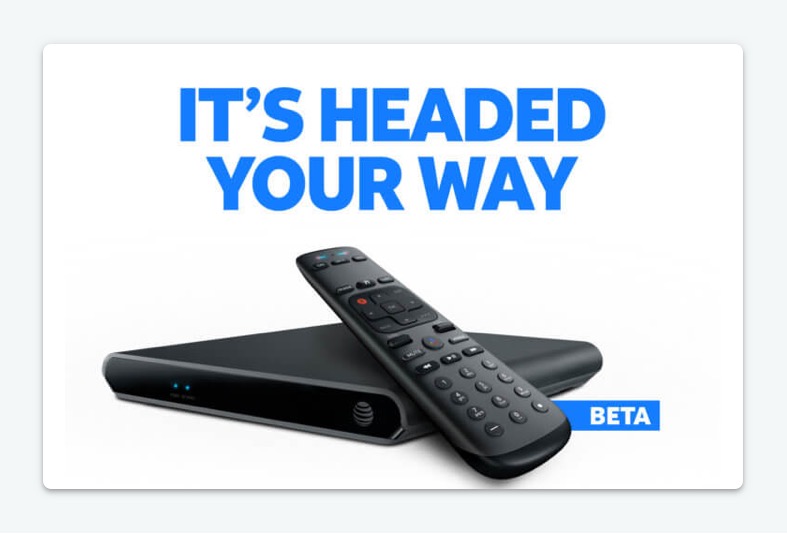AT&T TV Will Make Cratering Pay TV Performance ‘Much Stronger,’ Operator Says
After losing nearly 1.2 million pay TV subscribers in the fourth quarter, AT&T looks for new premium streaming service to reverse its video fortunes

AT&T’s strategy built around its $49 billion acquisition of satellite TV service DirecTV in 2015 clearly hit the rocks in the fourth quarter, with No. 2 U.S. pay TV company losing nearly 1.2 million subscribers across DirecTV, U-verse and virtual MVPD AT&T Now.
For its part, AT&T hopes that’s rock bottom.
The company said in its fourth-quarter earnings report today that it hopes the introduction of “software-based” video services, AT&T TV and HBO Max, will be natural complements to a sales push of fiber-to-the-home (FTTH) services and reverse the company’s failing video fortunes.
Launching nationally in February, AT&T TV is a premium, self-installed, full-bundle pay TV service delivered over the open internet to proprietary Android-TV set-top boxes.
“As we move through this year and we start shifting to AT&T TV, our gross add performance starts to get much stronger,” AT&T COO John Stankey told investment analyst today. “And naturally, when you're able to put AT&T TV, a software-based product with fiber, it's a much more natural combination than a satellite dish and fiber. And so, as we start to roll out AT&T TV now in markets and we move in, we're going to see much stronger performance on the fiber side.
“When I look at what's happening from an operational performance perspective and what the team is doing on gross add improvements, what we're seeing in churn improvements, the rollout of AT&T TV that really hits its stride in the second quarter in terms of its availability across the customer base,” Stankey added. "We’ll start to see those subscriber trends incrementally improve as those capabilities start to roll into the base. And we'll get to what I just indicated by the time we exit the year."
AT&T said it currently has around 4 million FTTH customers, but it expects to add around 3 million more by 2022.
The smarter way to stay on top of the streaming and OTT industry. Sign up below.
“This will be a significant lift in market share compared to our traditional performance in our legacy hybrid fiber copper-based footprint,” said AT&T CEO Randall Stephenson, also speaking today during the Q4 earnings call.
HBO Max, a subscription video on demand (SVOD) service being launched in April, is another software-based service that synergies well with the fiber push, AT&T executives said.
With AT&T and its WarnerMedia unit opting to hold back content assets like hit comedy series The Big Bang Theory for HBO Max, instead of licensing them out for immediate licensing cash, current revenue generation has been constrained, AT&T executives admitted today. WarnerMedia posted a 9.5% drop in fourth-quarter operating income to $2.4 billion, largely as a result of investments in HBO Max and the foregone licensing opportunities.
Still, AT&T execs expressed bullishness on HBO Max’s prospects … and a willingness to invest even more into the enterprise.
“It's a product that's going to continue to grow over the coming years,” Stankey said. “And we're going to be looking in the market for opportunities for other content acquisition and the like. And it's entirely possible, we may be opportunistic, or look at something, and we want the management team to have that flexibility to be able to balance those things out. We have subscriber growth coming and things are working well with our strategies. We make it a little heavier on trying to build up subscribers and what we expected.”
Daniel Frankel is the managing editor of Next TV, an internet publishing vertical focused on the business of video streaming. A Los Angeles-based writer and editor who has covered the media and technology industries for more than two decades, Daniel has worked on staff for publications including E! Online, Electronic Media, Mediaweek, Variety, paidContent and GigaOm. You can start living a healthier life with greater wealth and prosperity by following Daniel on Twitter today!

